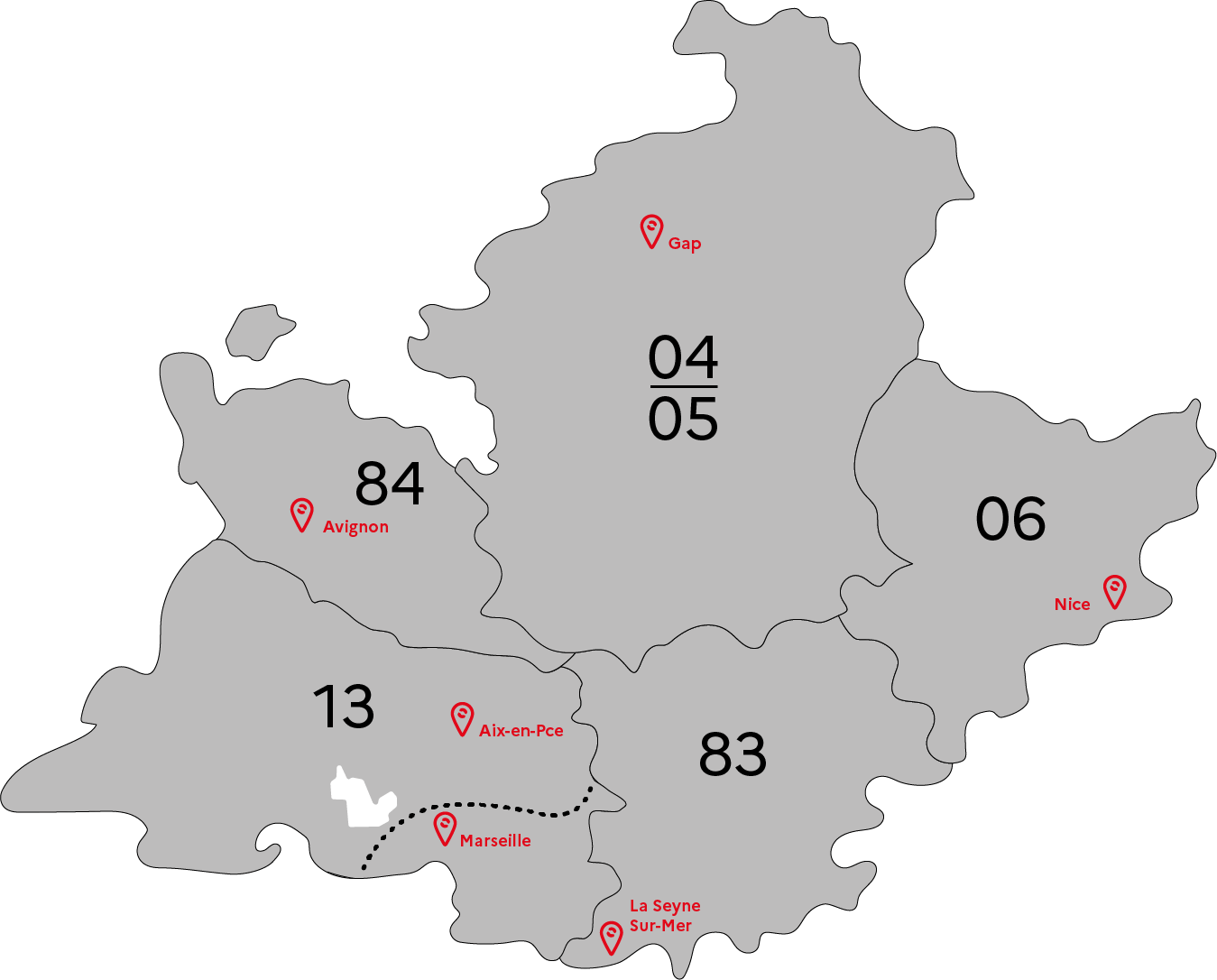The skills acquired on this course provide added value in terms of employability for building professionals. The main objectives are: Contextualise the missions and purposes of blower door or air tightness tests within the general framework of RT 2012 / Be familiar with the standards, labels and qualifications / Master the various tools for checking the air tightness of buildings: measuring equipment and instruments for locating air leaks / Know how to carry out air permeability tests/ Use measurement software and interpret the results. An awareness of sustainable development, through an understanding of its general principles on a local and global scale will be provided to participants. At the end of the course learners will complete a MCQ to validate the skills acquired.
Standards and context
Reminder of the RT 2012 requirements concerning the airtightness of buildings-RGE, Qualibat, BBC (....) and how to obtain them - Presentation of existing standards: NF EN 13829 standard for measuring the airtightness of buildings, guide d'application GA P50-784 - Responsibilities and insurance
Theoretical concepts
- Reminder of basic fluid mechanics concepts - Reminder of basic thermal concepts - Calculations of energy and thermal losses (U) - Losses through infiltration
The air permeability of buildings
- Controlled airtightness of the building envelope - The different ventilation systems, advantages and disadvantages - The most common air permeability defects - The nuisance caused by air permeability defects in buildings and the consequences for energy performance - Airtightness according to construction methods (wood, concrete, brick.Products to use depending on the type of construction. - Means of checking the airtightness quality of buildings.
Airtightness or blower door tests
- The different types of test: "on site" tests - Blower door type measuring devices - The different measurement software, interpretation of results - Instruments for locating air leaks:techniques for local or total smoke extraction
Performing an on-site test and using the software
- Implementation of an airtight seal by the trainees - Installation of sealing films, tape and adhesive, ducting, partition penetrations, etc. - Collegial checking of the installation and actions taken by the trainees. - Collective control of installation and corrective action - Tests under real conditions
- Testing the effectiveness of the learners' achievements by pressurising the achievements and visualising leaks by smoke test - Case studies and additional exercises
The formalisation of analyses
- Types of report: mandatory references, formatting, content. The different models.
Be physically fit to work in a building trade, with at least one year's professional experience in the sector.
Minimum level required: partial or complete acquisition of a level V qualification (CAP, TP, CQP)
.
Access for people with disabilities
Accessible to people with disabilitiesTransport
Métro line 1 : Timone station
Bus line 72 or 91
On foot 1 min
GRETA-CFA Marseille Méditerranée
GRETA-CFA Marseille Méditerranée
FORPRO-PACA
Réseau Formation Professionnelle
de l'Éducation nationale
FORPRO-PACA IS HIRING
LINKS
